
About us
Taroni, makers of dreams
This story begins in 1920, on the shores of Lake Como, in an enchanting place where silk threads become fabrics in myriad colors and with age-old names that sound like they come straight out of fairy tales: duchesse, organza, faille, ombré...
The company was founded thanks to Amedeo Taroni, a talented weaver and artist, who left traces of his creativity in the books of a valuable archive, jealously preserved and still consulted by his heirs as a source of inspiration. Beside remarkable investments aimed at improving quality control of the whole productive cycle, the new headquarters, rational and modern, will allow a further boost to the entire activity.
Silk as a lifelong passion handed down through generations, a story of craftsmanship, innovation and family devotion, from the historic legacy of Taroni to a vision for the future. In 1999, the heir, Giampaolo Porlezza hands over the company to Michele Canepa, who takes control of the mill preserving the heralded Taroni tradition. His son Maximilian, CEO and Creative Director of the company, is now dedicated to bringing Taroni up to speed with the modern world while maintaining its long standing traditions.
The specificity of Taroni textiles, that which makes them different from all the rest, is a mixture of the quality of thesilk, the twisting of the yarns, the application of the “rulesof weaving” that we inherited from the past and have safeguarded.
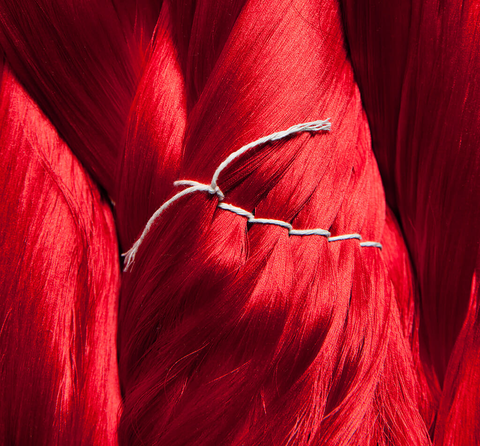
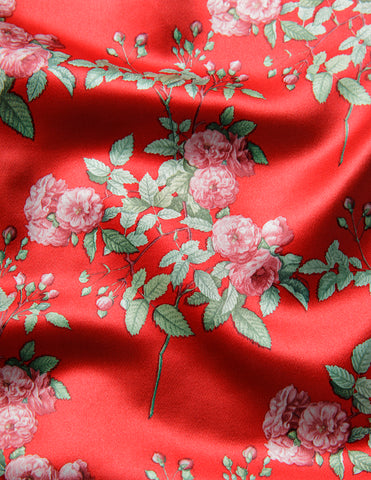
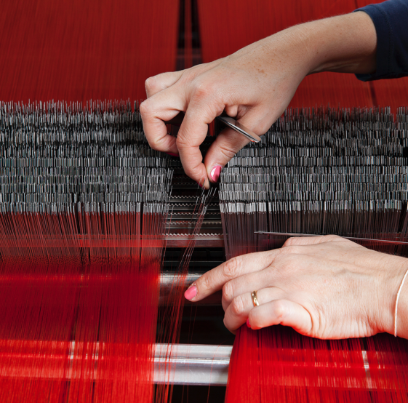
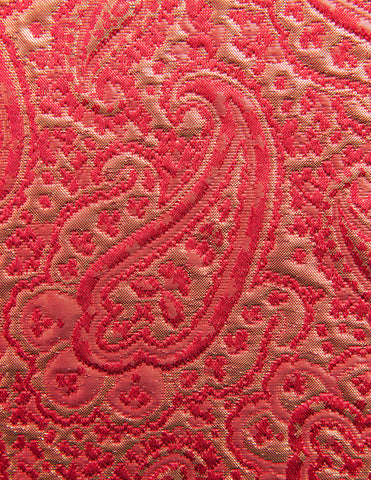
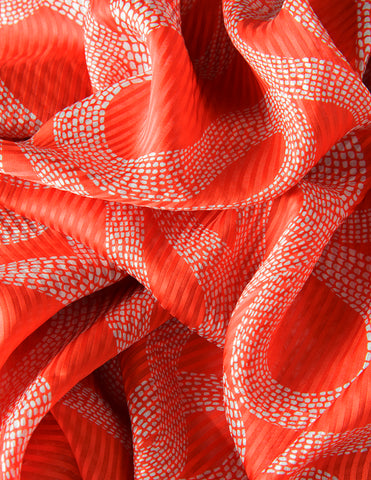
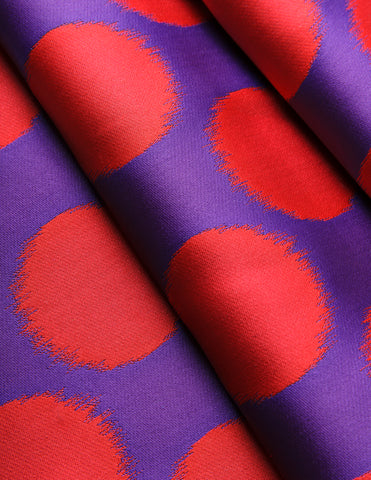
From Spooling to Quality Control.
The Work Phases at Taroni
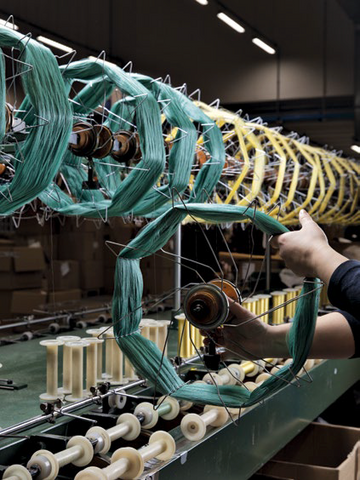
Because we dye in small batches, specifically silk skeins, we are able to have precise control of the desired color. Every dye lot is meticulously inspected and cataloged.
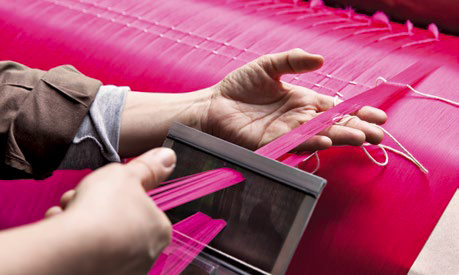
After the skeins are dyed they are transferred to cones and are aligned on a machine that will create the warp. The set of lengthwise yarns that is the foundation of the fabric.
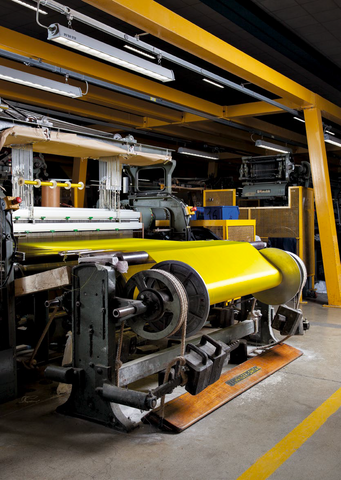
Our classic shuttle looms allow us to recreate archival fabrics originally developed by our founder over a hundred and thirty years ago.
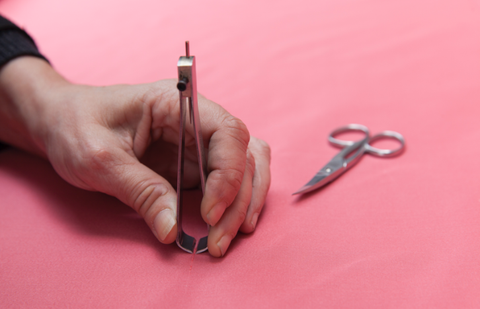
After our fabrics have passed a visual and chemical inspection, they do not require any additional treatments, except for a simple dry cleaning. Our fabric rolls are then carefully wrapped in paper and ready to be shipped.